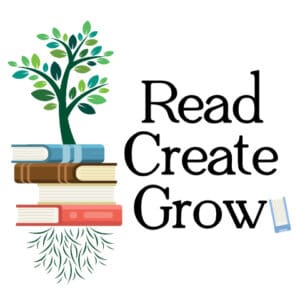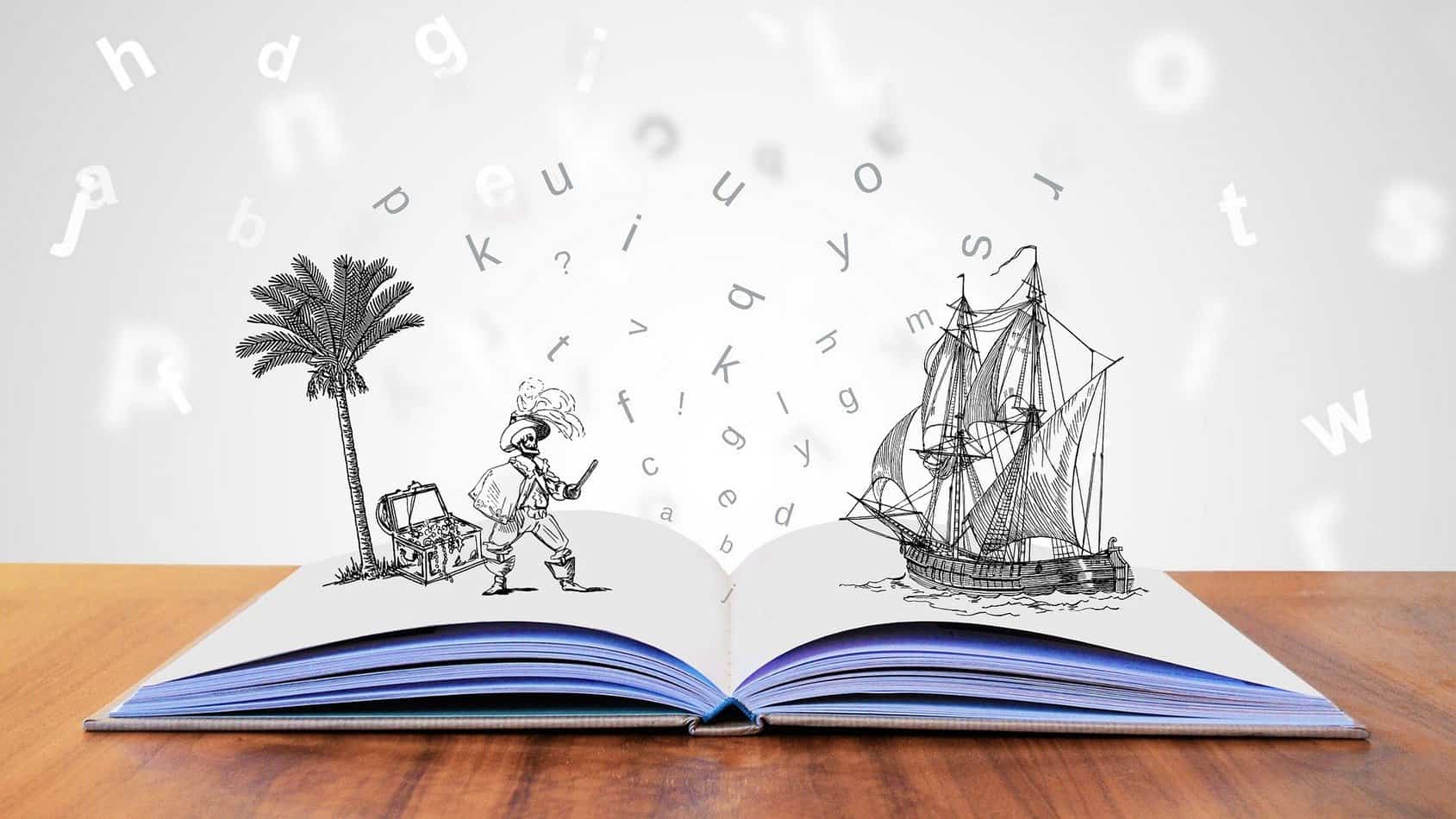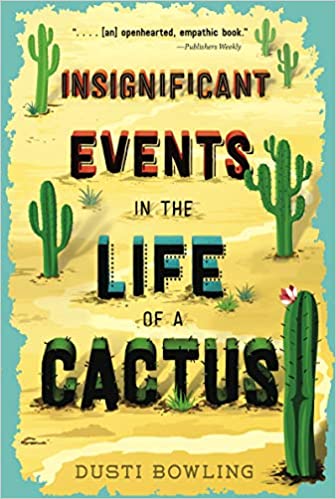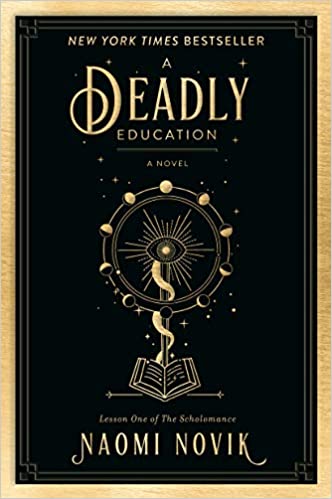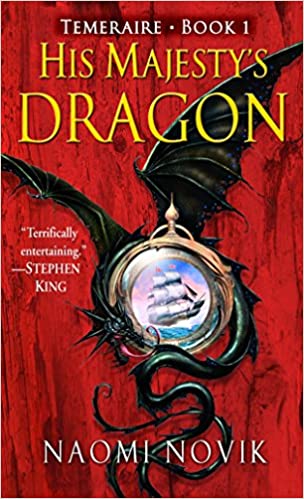Children’s literature has grown exponentially over the years. It frequently blurs the line between books meant for kids and books meant for adults (Harry Potter, anyone?). There are certain key elements to look for when comparing children’s literature to adult literature.
As a general rule, characters in children’s literature are twelve years old or younger while in adult literature the characters are usually in their mid twenties or older. Themes of friendship, teamwork and bravery appear frequently and the main character shows clear growth by the conclusion, which is usually positive in nature.
These are just a few of the ways to distinguish a children’s book from either young adult or adult fiction.
What are the common themes found in children’s literature?
Children’s literature commonly deals with themes of teamwork, bravery, loyalty, value of friendship and identity. Children are living in a world where external forces are acting on them and books for kids often examine those issues. For example, dealing with the separation of parents, a situation where the child has no say in the matter. Family moves across country, death of a loved one, when a friend betrays them in some way. These are all ways that a person or situation external to the child has come about and now the child must deal with it and grow from that situation.
You see this because this is often the life of a child. Children have little to no autonomy of their lives. Any independence they do have is likely for smaller issues, like what to wear or perhaps what to eat. All of that is perfectly normal as it teaches how to make good decisions, but it is hard nonetheless and is frequently reflected in writings for kids.
What are the differences between a children’s book and a picture book?
A “children’s book” can mean all books meant for children, it usually refers to a chapter book while a picture book refers to a shorter illustrated story. Anything from a short chapter book to a middle grade full length chapter book is considered a children’s book. A picture book is usually about 32 pages, is illustrated on every page and only features a few sentences on each page, and may require an adult to read the story aloud to a child.
Read More: How to Read a Picture Book
What are the differences between children’s books and YA?

Children’s books are meant for kids ages 12 and under. Anything targeted at ages 13-18 is considered “teen” or “YA” (young adult). This is usually indicated by the ages of the characters. If the characters are eleven or twelve years old then the book is meant for middle grade, or kids approximately 9-12 years of age. Ages thirteen and fourteen can be a grey area and may require an adult to determine the age appropriateness of the book.
Middle grade and children’s fiction often deals with themes of friendship, loyalty, bravery and coming-of-age stories where the main character goes through a very clear trial and generally succeeds in the end. The characters experience clear personal growth and have a better understanding of their identity in the end. Problems are resolved in an emotionally satisfying conclusion. There is usually little to no “bad” language and little to no discussion of sexuality.
Read More: How to Tell If a Book is Age Appropriate
What are common themes found in YA literature?
Young adult (YA) or teen books often have themes featuring young love, coming-of-age, loss, identity and self-discovery. Unlike in children’s literature where the characters respond to external forces, the focus for YA characters becomes a more internal response. Rather than the primary focus being victory over an external force, the characters are equally concerned with how they will internally overcome this challenge.
YA stories often deal with heavier issues and can be dark or even gritty in nature. The characters are usually in their mid to late teens, even early adulthood. It is common for characters to deal with issues of sexuality or gender identity as well as other challenging issues teens face as they grow into adults. There is also a much greater emphasis placed on discovering one’s identity and how that fits into the society around them.
All of this is developmentally appropriate as well. Teens have more independence and control over themselves as they grow up. Their lives are less about what is being done to them and more about how they feel inside about the world around them. Literature written for that age group reflects that stage of development.
What is the difference between YA and adult literature?
As a rule, the difference between YA and adult fiction will depend on the age of the main characters. Stories that feature teens or young adults in their early twenties are considered to be YA, while fiction about anyone in their mid twenties and beyond is generally considered adult fiction.
A new genre of fiction has recently emerged creating a better distinction between YA and adult fiction called “New Adult” which generally features characters in their early twenties, though it has not been widely accepted in libraries, which can be slower to adopt these distinctions.
Adult fiction features many if not all of the same themes seen in YA novels. Adults, like teens, deal with issues of identity, self-discovery, loyalty, friendship and many of those same other issues. We want to be brave, kind, successful, well liked and any number of other things.
The largest difference between these two classifications will be in the prose style. Adult fiction places a much greater emphasis on the quality of the writing, sometimes to the detriment of the story. YA novels tend to be faster paced and engrossing where an adult novel may take many more pages to paint a scene or the author may take a risk writing in an unusual point of view, style or format that is less commonly seen in writing for younger audiences.
Read More: How to Choose the Right Book for Your Child
